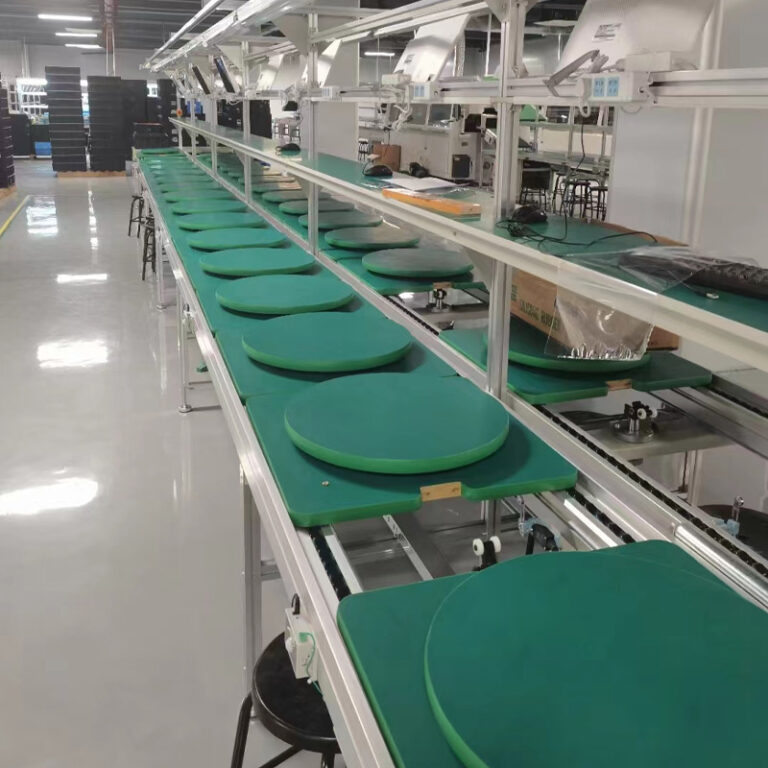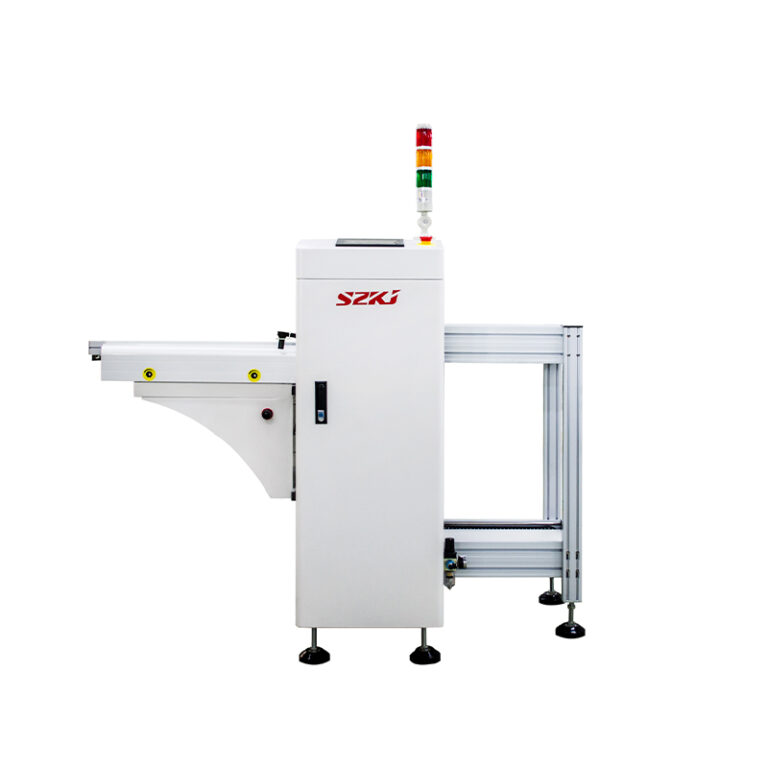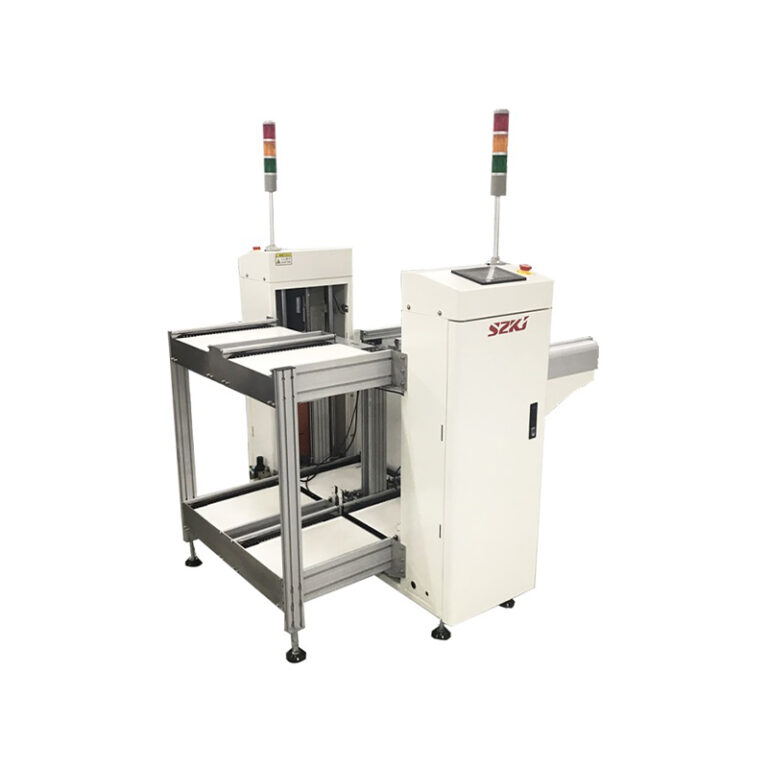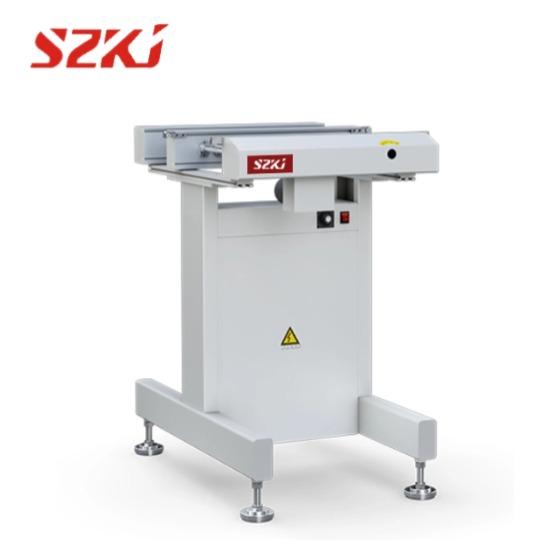Table of Contents
TogglePrinted Circuit Boards (PCBs) and SMT equipment that is Surface Mount Technology (SMTs) are commonplace in the electronics manufacturing industry. Although they are related, they describe separate ideas that are vital to the manufacturing of electrical products. We will go deeply into these distinctions.
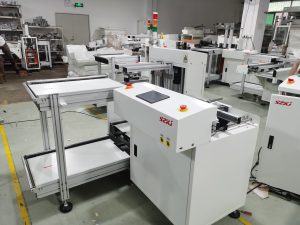
What is PCB?
One of the most basic building blocks of electronics is the printed circuit board or PCB. This board physically connects various electronic components. It is composed of a thin board that has conductive paths carved into it and is constructed of an insulating substance, usually fiberglass. Resistors, capacitors, and integrated circuits can all be electrically connected via these channels. Depending on the intricacy of the circuit design, printed circuit boards can be either single-sided, double-sided, or multilayered.
In some way, shape, or form, printed circuit boards (PCBs) are an essential component of almost every electronic device. There are several processes involved in creating a printed circuit board (PCB), including conceptualization, layout, and fabrication. After fabrication, printed circuit boards (PCBs) are normally tested to ensure proper operation before final assembly.
What is SMT?
However, a technique for attaching SMT equipment to the surface of a printed circuit board is known as surface mount technology (SMT). Printed circuit boards (PCBs) with SMT equipment put directly on the surface are an alternative to the more conventional through-hole method. Modern electronics rely on smaller designs and higher circuit densities, both of which this approach enables.
Because of its many benefits, such as shorter assembly times, cheaper production costs, and better performance, SMT has quickly become the method of choice in the industry. The integrated circuits, capacitors, and resistors utilized in surface-mount technology (SMT) are smaller and lighter compared to their through-hole equivalents.
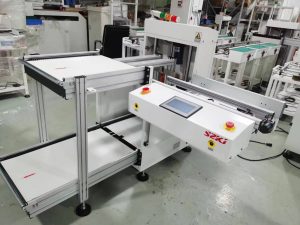
Distinctions Between PCB and SMT Critical Points
Operational capabilities: Printed circuit boards (PCBs) are the building blocks of electronic devices, and surface mount technology (SMT) is the method used to attach components to the PCBs.
Visual presentation: SMT and through-hole technologies are two of the many possible assembly methods for printed circuit boards. Maintaining efficiency in SMT designs usually necessitates meticulous analysis of component spacing and placement.
Assembly of Parts: SMT equipment needs to insert components into holes and solder them from the opposite side of the PCB, as is required by conventional methods. Instead, components are soldered directly onto the PCB surface.
Measurements and Capacity: Because SMT equipment is often smaller and lighter, electronic devices can have more compact and lightweight designs. For portable devices, this shrinkage is of the utmost importance.
Production Method: Higher production rates and cheaper labor costs are often the results of the increased automation in the SMT process. Contrarily, the through-hole assembly may necessitate additional time and effort from the worker.
Rationale and Applications
Anyone working in the electronics manufacturing industry must be familiar with the distinctions between PCB and SMT. For example, engineers tasked with creating new electronic products must weigh the advantages and disadvantages of surface-mount technology (SMT) in light of the product’s intended usage, size, and production volume.
Recommended SMT Peripheral Equipment
Integrating high-quality SMT peripheral equipment into your production line can enhance SMT operations. The SMT process is enhanced by these instruments, which also boost productivity, quality, and efficiency. Presented below are a few suggestions:
- Refrigeration Systems: PCBs cool down to avoid warping and make sure they work properly.
- Conveyors for Inspection: Assist in keeping quality control in check by providing reliable platforms for AOI.
- Automated Pick-and-Place Machines: Essential for efficiently placing SMT components onto PCBs.
- Reflow Ovens: Used for soldering SMT components onto PCBs through controlled heating processes.
- Stencil Printers: Ideal for applying solder paste accurately before component placement.
Conclusion
While surface-mounted technology (SMT) and printed circuit boards (PCBs) are related, they are not interchangeable in the electronics manufacturing process. Design and manufacturing efficiency depend on your familiarity with their differences. Using the correct SMT equipment can greatly improve your production capabilities, whether you are investigating new ideas or improving current procedures. Reach out to Shanzhong Technology for more details about our products and take a look at our assortment of SMT accessories customized according to your requirements.

